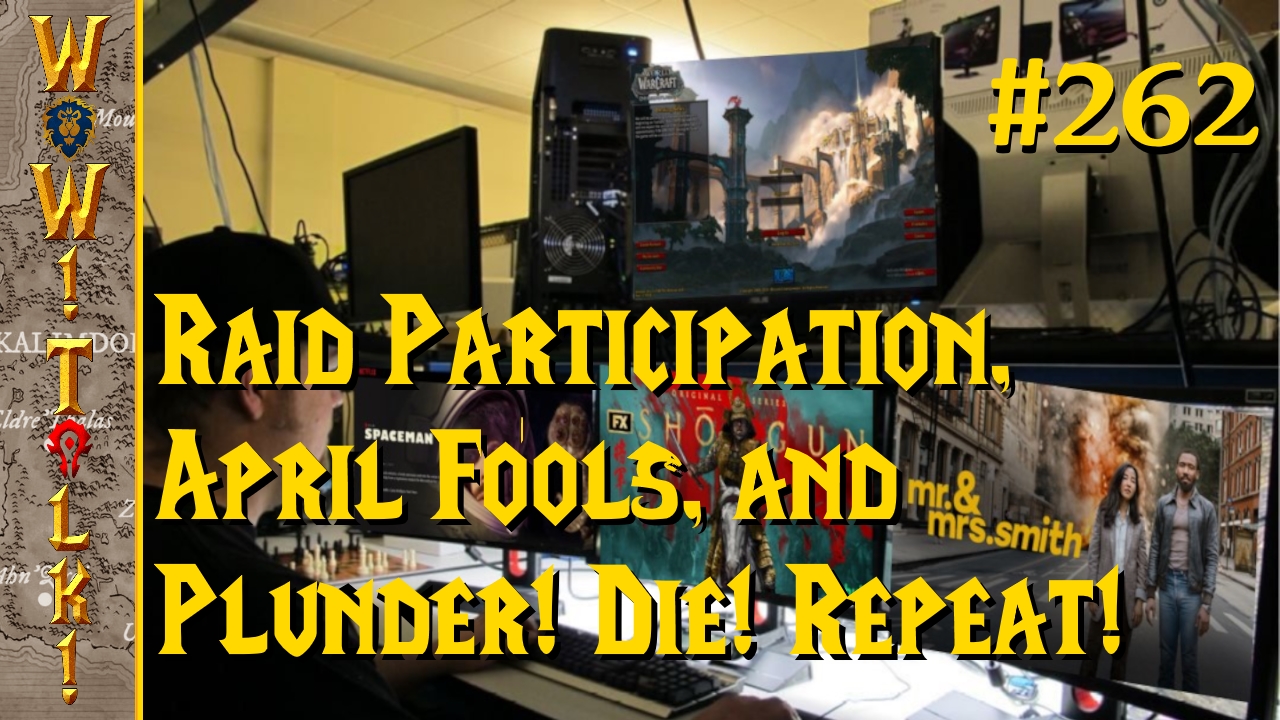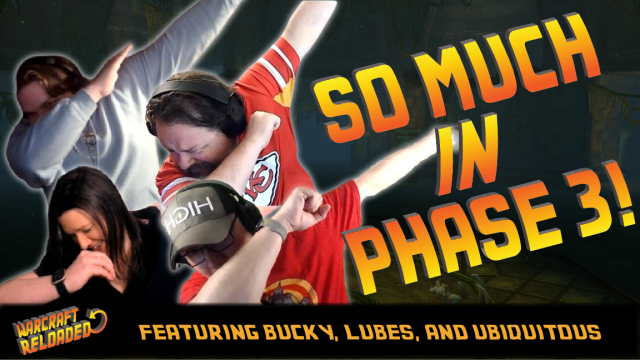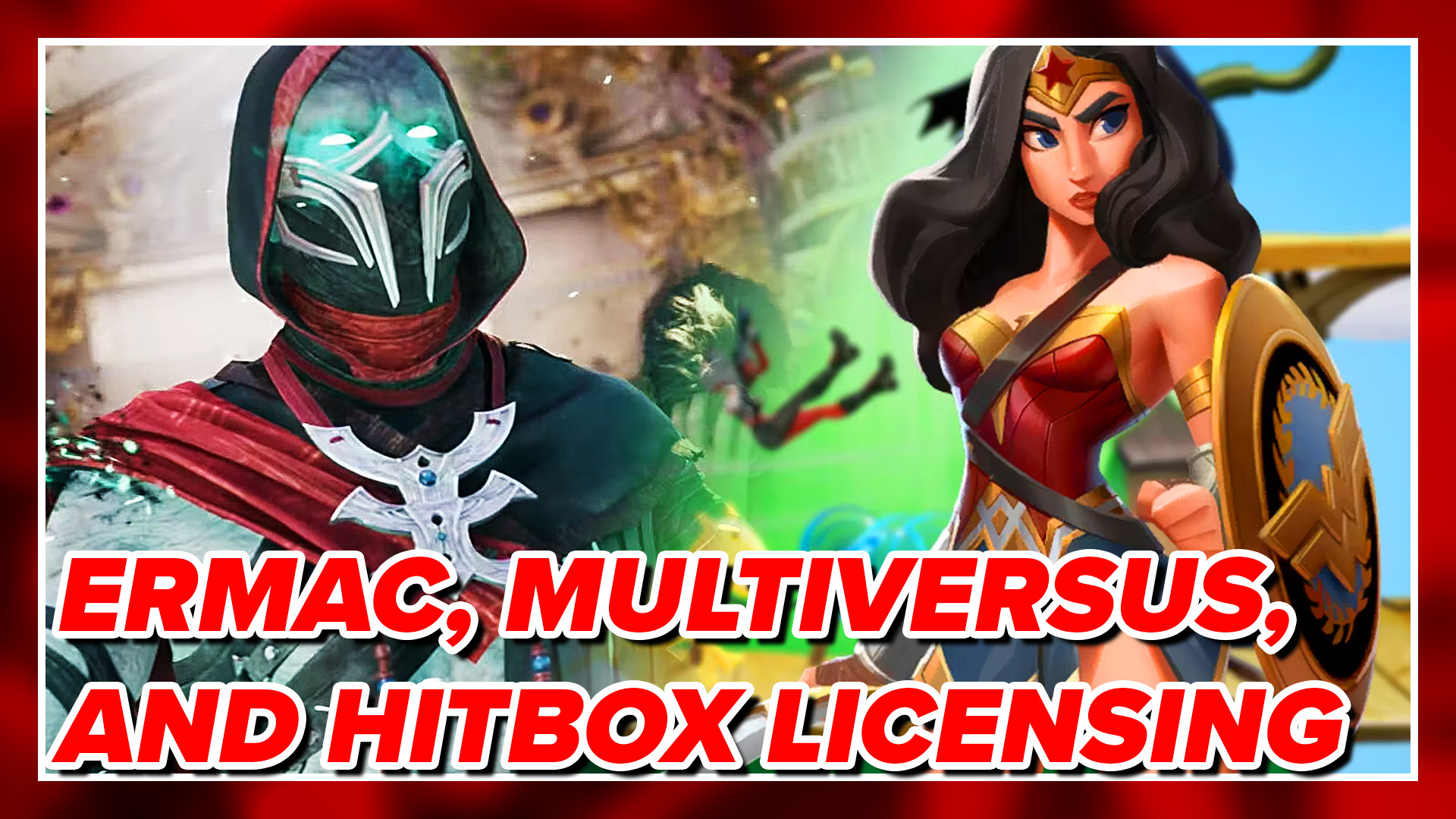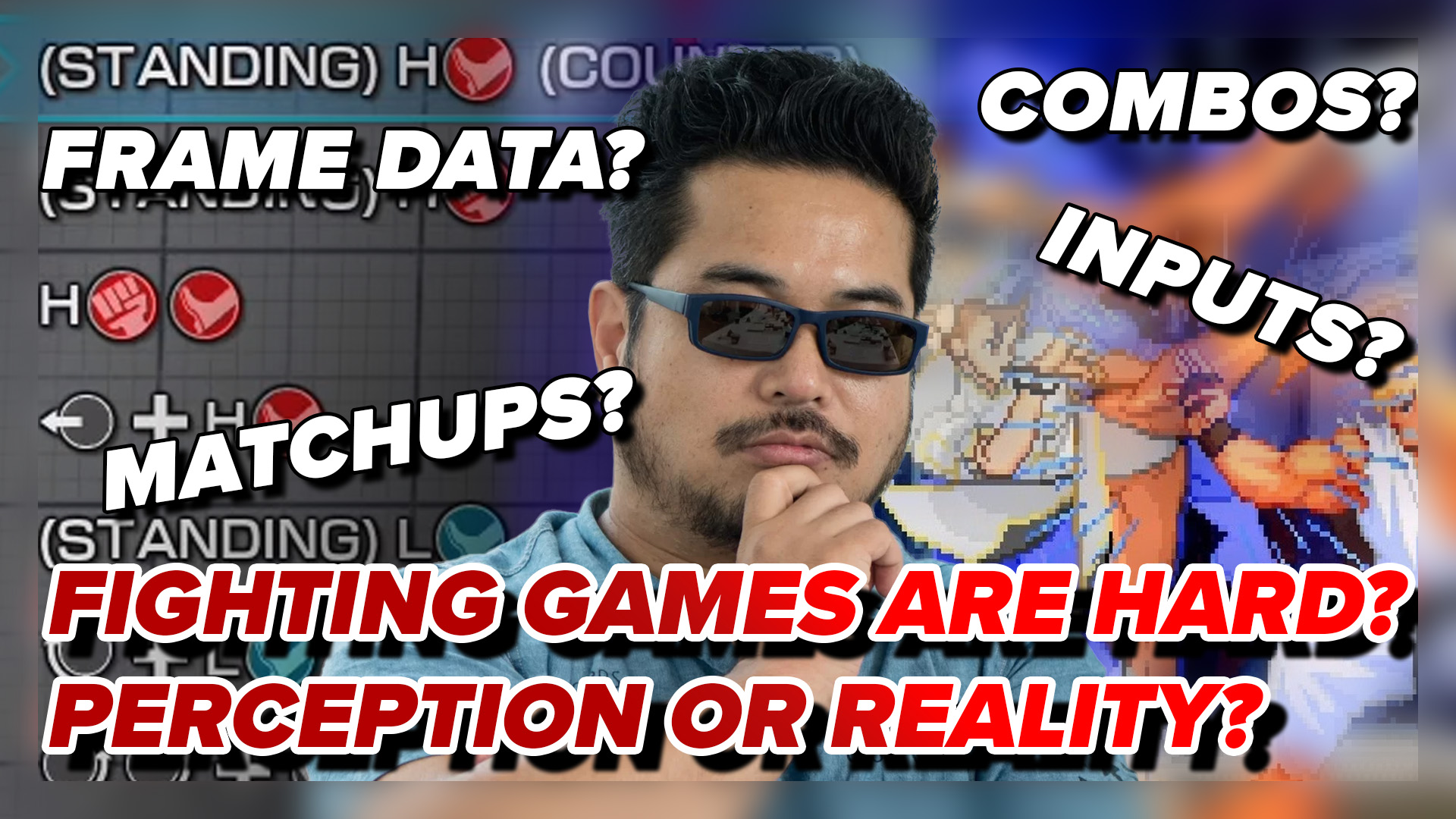
By the time the credits have stopped rolling, you’ll have more questions than answers about what just happened in Lone Survivor. Events are still muddled and unclear, and you might just find yourself hovering over the ‘New Game’ option. Maybe one more play-through will help draw out the real reasons behind the infection and bizarre events that lead up to the end of the game. Maybe if you killed fewer enemies, helped more people, or took better care of yourself, things might have turned out differently. Either way, I guarantee you’ll be more than happy to spend a few more nights wandering through the game’s claustrophobic, twisting corridors.
Lone Survivor is an interesting entry in the survival horror genre, if only because it’s done in a 16-bit, SNES style. It’s not really an art style that jumps to mind when you think of horror, but having played Sweet Home on the NES, I knew what this game could be capable of. I wasn’t disappointed either. The monsters, while pixelated, are also created in a vague way that leaves them a little open to interpretation. I can tell that they’re downright skeletal, but the rest of their features aren’t drawn in any kind of detailed way. Beyond a handful of their attacks (One of which involves ripping their own faces open), I don’t know much about them. The limitations of the art style make it difficult to make them any more detailed than they are, but it works in the game’s favor, letting my imagination fill in some of the gaps.
It’s almost like seeing a silhouette of a monster, leaving me to make my own decisions on what would make that creature more frightening. It’s something that doesn’t come up all that often in horror games, since it’s very difficult to keep a monster out of sight when you’re expected to fight it. Even so, it’s far easier to be afraid of something you can’t entirely see or understand, and this game managed to touch on a difficult balance of maintaining vague features while including combat. Amnesia: The Dark Descent works a great deal of the time because the monster is left to your imagination, but that’s something that makes combat very hard. Lone Survivor, on the other hand, managed to have both.
It creates an atmosphere where you never really get comfortable with your surroundings or the things in it. If you can’t identify what something is, you can never feel too sure about it. You can’t reach a point where you tell yourself that you understand the game’s logic and can feel safe in that knowledge. Those same monsters help maintain that uneasiness by learning new attacks and movements throughout the game. At first, they only have a short range melee attack, but gain the ability to leap to the ceiling, and then eventually can do the face-ripping attack. It keeps you off-guard, leaving you in a state where you never feel confident in knowing what your enemies can do. Combat, therefore, never gets boring despite only having two enemy types in the whole game.

To be honest, I’m not sure about there being two enemy types. You see, the second ‘enemy’ is this bloated thing with what looks like a mouth on its chest. It moved pretty slowly, and until the end of the game, I never picked up on the fact that I never actually got hit by one. You’re given a set of stats after the credits that tell you about various important things you did, and one of them mentions how many ‘Helpless Fatmen’ you killed. It left me wondering if I’d gotten carried away during my play-through, having gotten so used to just shooting everything that moved that I never considered that something might not be a danger to me. It was actually a pretty chilling thought.
However, it wasn’t the only frightening realization I made once the game was over. I was given a list of almost every decision I’d ever made, from my rotten sleep pattern to how willing I was to give dangerous drugs to an obviously ill man in exchange for bullets. The game keeps track of many things, using all of them to calculate your mental state as well as deciding what ending you got. It was interesting, because the stuff the game was tracking genuinely surprised me.
For instance, every time the character complained that he was hungry, I just fed him whatever was on hand to shut him up. I wanted to keep playing the game and not get interrupted by his whining, but as it turned out, helping him eat better would go a long way to keeping his sanity up. Also, I didn’t manage to keep him off the drugs offered to him at the beginning of the game, something I promised I would try to do. The drugs, when taken, offer extra bullets and batteries for your flashlight, but they come from a terrible hallucination that affects you during your next night’s rest.
There’s also a sick man in a gun shop late in the game who offers you bullets in exchange for the pills. Since this meant dodging the hallucinations, I started giving them to him instead. A lot of them. This was after talking to him about finding a cure for his condition, and then finding up several health tonics all over the city. Instead of offering him even one of them, I hoarded them for myself.

Those stats told me that there was another, much more important game being played in the background. It was more than just getting from Point A to Point B without getting killed. It was about the quality of actions I undertook while trying to finish the game, about how I finished the game. I may have beaten it, but I shot and killed anything that got in my way, something that was reflected in the ending. Despite considering myself a ‘good’ player, I still pawned off my dangerous hallucinations on a sick man so I wouldn’t suffer the consequences of them myself. I kept the healing medicine that not only would have saved him, but was also exchangeable for bullets as well. I could have still gotten the shots I needed, but the health tonics were more valuable to me.
I won’t say that it tricked me into being a bad person, but rather was so covert with its moral decisions that I never noticed that I AM a bad person in video games. When I’m given good and evil options in games that made it obvious, I would choose the good one, but when I’m actually tasked with making the calls myself, things aren’t as clear. When good decisions run the chance of actually making the game harder for me, it’s less clear how I’ll act. It made me really question my morality in places, something that absolutely floored me.
I don’t think that fact would have hit me as hard as it did if the music playing during the end hadn’t been so heart-wrenching, either. There are some extremely beautiful and haunting pieces that play during the game’s plot points and dream that had strong emotional resonance. It’s powerful stuff, more so because most of the rest of the game is filled with more ambient tracks, music that trickled through the background while you wandered the lonely halls and streets. Each of those tracks is very subtle, a series of rising and falling sounds that create a tense atmosphere through wind, noise, and almost-silent music. It’s all very eerie stuff, creating an edgy tone that plays on your nerves.

The music provides a nice, quiet backdrop that is almost begging to be interrupted by big, terrifying sounds. It’s a perfect fit for the horrible noise the monsters make when they come toward you. Part static and part scream, it’s an awful sound that will make you jump out of your seat every time you aren’t expecting it. It’s the sort of sound that causes natural terror; your first instinct when you hear it is to run. Before I even knew what the monsters could do, or even could really see one, I knew that I had to go as fast as I could in the other direction. It’s an amazing piece of sound, and one that really gets under your skin.
The other in-game sounds work well in the quiet. Each gunshot sounds like it pulverizes whatever it hit, creating a deafening bang and hard smack with every shot. The monsters make a wet, disgusting slurping noise when they move around, really giving you a sense that they’re vile things. Every little sound, from your footsteps to the crunch of the food you eat is all crisp and loud, booming out over the near-silence, each showing in their own little ways how alone you are.
Or maybe you aren’t by yourself. Through smart, vague storytelling, it’s never clear if the people you run into along the way are real or not. They’re all bizarre, appearing and disappearing at will, floating in through nightmares and visions that plague you for the whole game. You can treat them however you like, helping or ignoring them as you work your way through the game. Without them, though, what are you even trying to escape for? By the end of it, did you even really escape?

Those questions, and many others, will plague you as soon as the credits start to roll in this horror masterpiece. Despite its simple visuals, Lone Survivor finds strength in its limitations, creating unease through vague representations and sickening backgrounds. Its top-notch sound will have you jumping at every noise, and its unclear story will keep you wondering what is even going on as you press on through the dangerous halls and streets. It’s frightening in its in-game dangers as well as its implications on who you are through its end game stats. It’s a game that will have you questioning how you play a game, as well as what it was you even just played. Its effects will carry on well after you close down Steam and go to bed for the night. Lone Survivor is easily the highest quality psychological horror game in almost a decade, a triumph in terror and storytelling.
And it was all made by one guy. Thanks, Jasper Byrne, for reminding me why I love this genre.




